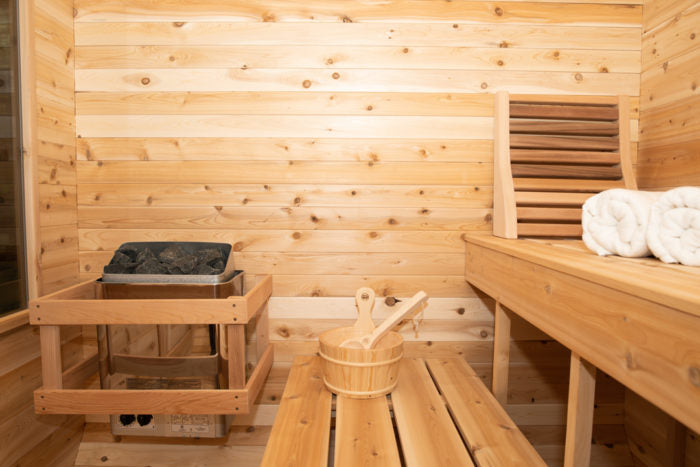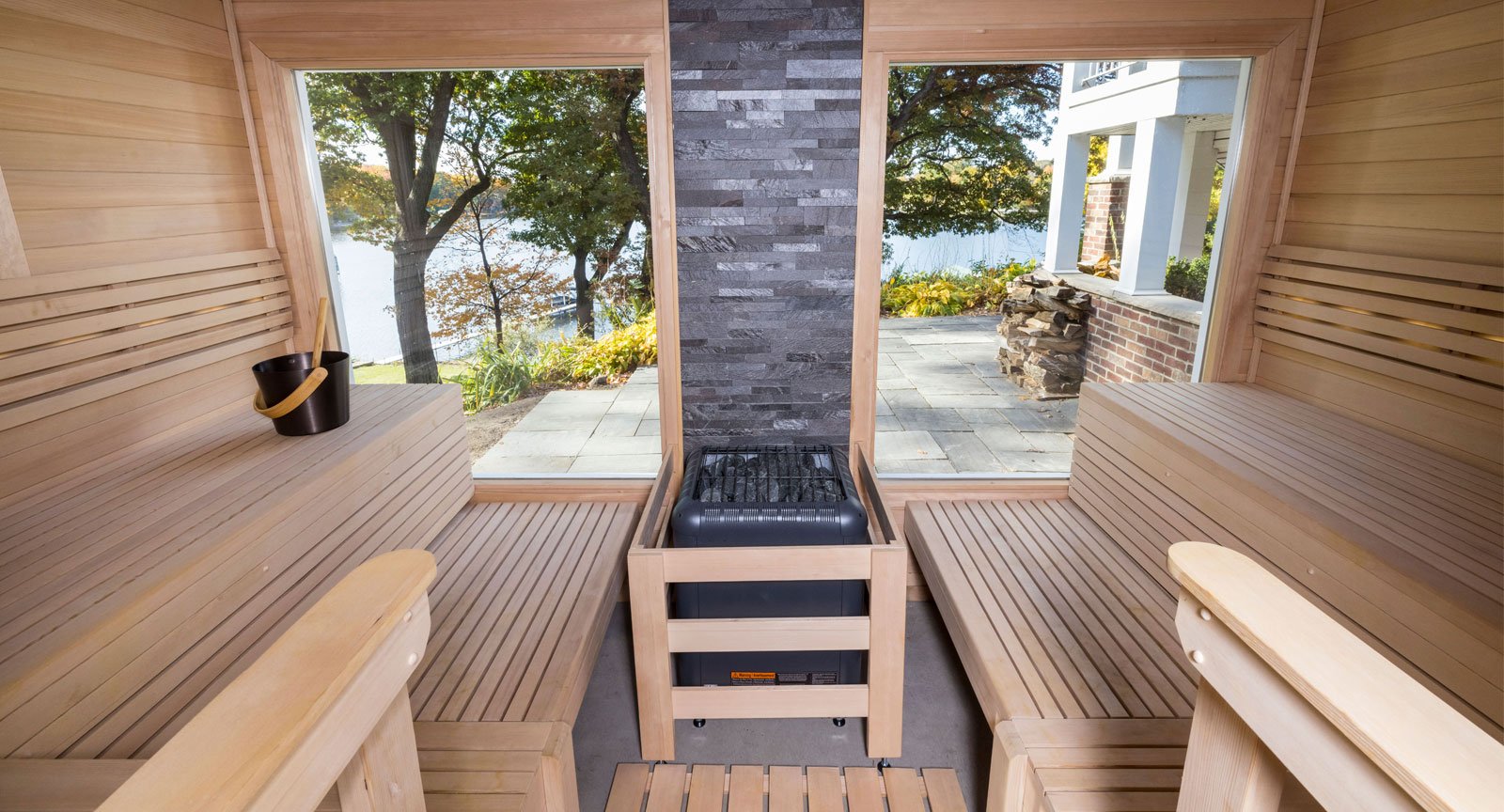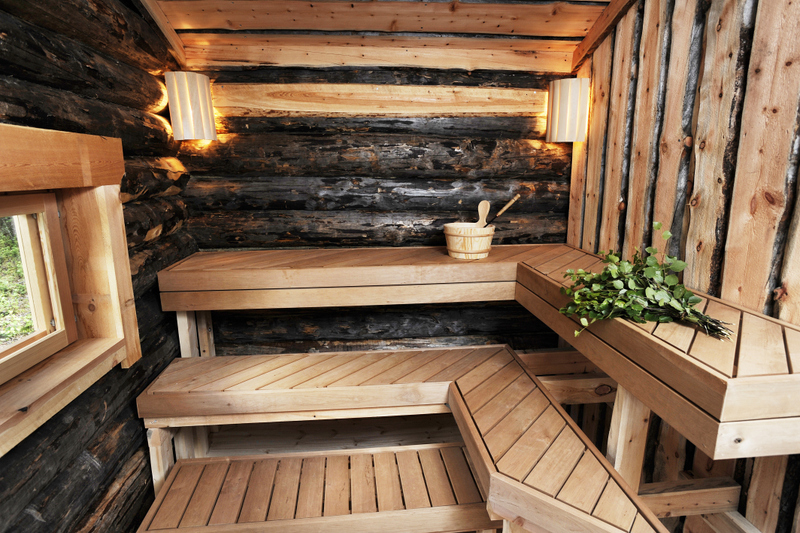The 9-Minute Rule for Traditional Sauna
The 9-Minute Rule for Traditional Sauna
Blog Article
Some Of Traditional Sauna
Table of ContentsThe Basic Principles Of Traditional Sauna Top Guidelines Of Traditional SaunaTop Guidelines Of Traditional SaunaTraditional Sauna Can Be Fun For EveryoneThe Buzz on Traditional Sauna
A lot of the weight lost in a sauna is water loss and is re-gained upon rehydrating. Without an uncertainty sauna can be an essential part of a healthy weight loss program. To consider the distinctions in between typical and IR saunas, I will certainly divide these right into verifiable, academic, and produced distinctions.Thus, the hottest factor in the saunawhich is at the ceiling directly above the sauna heateris usually in between 185 and 190 F. Claims that a conventional sauna surpasses 200 F is simply not real and not applicable for electrical saunas marketed in the United States. The temperature for a far-infrared sauna is typically set in between 120 and 140 F; nonetheless, unlike the conventional sauna, the goal in and IR space is not to achieve a high temperature.
Due to the fact that of this, the temperature difference is almost pointless, since profuse sweating results in both sauna kinds, yet the approach of heating up the body is different. In an IR sauna the bather will really feel hot and will certainly sweat a lot, however at much lower temperature levels (Traditional Sauna). Thus, if the objective is to spend longer periods of time in the sauna, the IR sauna is a good selection
When a conventional sauna has been properly heated, the sauna wall surfaces are cozy, the air temperature level has attained established temperature and the rocks are incredibly heated. As an interesting side note, the heated wall surfaces and the rocks are releasing far-infrared warm, incorporated with the heated air, to produce an "covering heat".
The Ultimate Guide To Traditional Sauna

When the heat is achieved, the elements cycle on and off to maintain the heat. A lot of typical sauna users appreciate putting water over the rocks to produce heavy steam to increase sauna moisture levels. The advantages of pouring water over the rocks include: making the room extra comfortable, dampening the nasal passages, and permitting the use of aromatherapy by mixing vital oils with the water.

When the power gets in the body, it causes the body temperature level to boost and eventually results in sweating. In an infrared sauna it's important for the emitters/heaters to remain on practically constantly. Given that there is no mass of rocks to preserve warm, the sauna will cool if the emitters shut down.
As discussed over, the sauna bather in an infrared room wishes to place himself in front of running emitters to get optimal take advantage of the warm. The heating time for both areas can be very various, depending upon just how the rooms are used. For a conventional sauna, a bather must allow 30-40 minutes for the area to accomplish a preferred temperature level and to effectively pre-heat the rocks.
Traditional Sauna for Dummies
A well built sauna will normally accomplish a temperature of 150-160 F in regarding 30-40 mins. For hotter temperature levels, the room might need to warmth for a longer duration.

Conventional saunas often tend to be larger (for this reason utilize even more electrical energy) than infrared saunas, although typical saunas are definitely readily available in one and 2 individual sizes also. For a two-person standard sauna, 5x6 or 5x7 size is most prominent. The top bench can pleasantly seat two or 3 individuals and is also long sufficient to exist down during the sauna session.
An Unbiased View of Traditional Sauna
The typical price per kWH of electricity in the U.S. is about $0.11, so a 4.5 kW heater will set you back about $.50 to compete one hour, if the heater runs constantly for one hour. Commonly a sauna heater will compete 75% of the very first hour and 50% of succeeding hours on since the aspects cycle once the set temperature is achieved.

Lastly, there is a hardly ever gone over difference in the social experience between the two spaces. While our society has lost some of the social benefit why not try these out of the traditional sauna experience, it can be really socially satisfying (Traditional Sauna). From household time in the sauna, to heart-felt discussions with better halves, to sauna partiesthe conventional sauna experience can result in intimate mingling
Everything about Traditional Sauna
Many higher end infrared spaces consist of tinted light therapy, sound systems and full-glass fronts.
Report this page